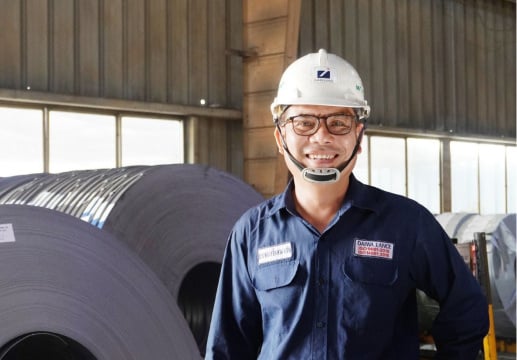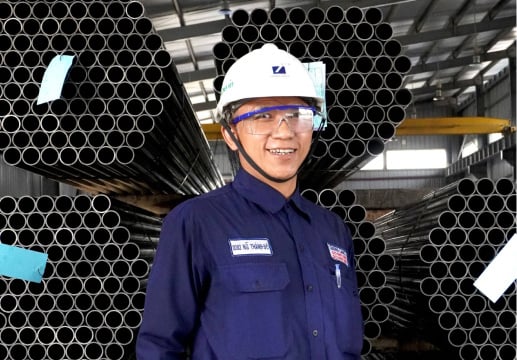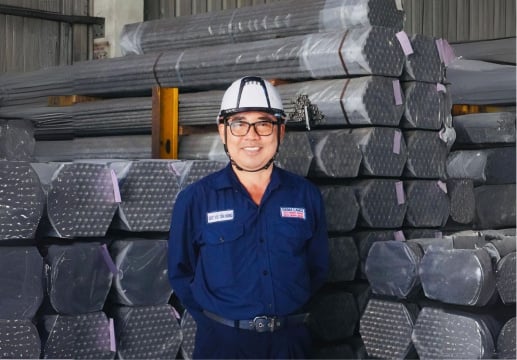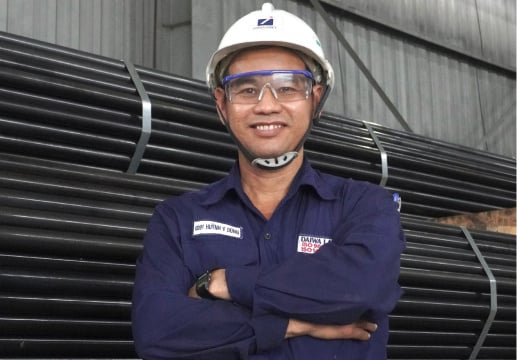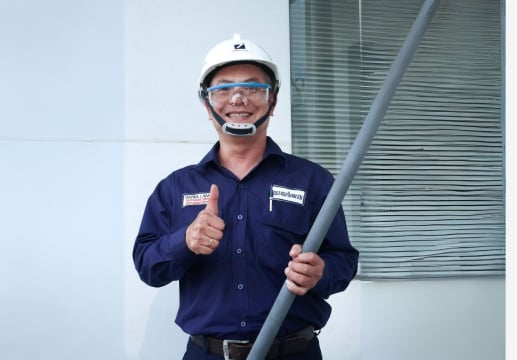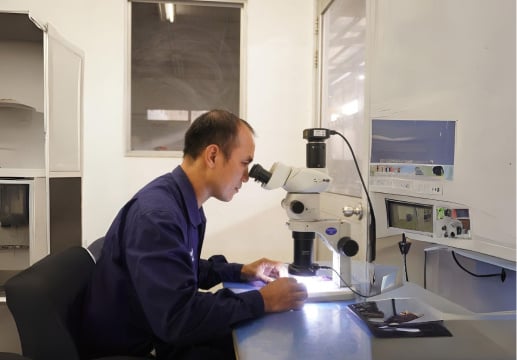When it comes to high-temperature cutting methods, Thermal Lances are well known for their efficiency. But have you ever wondered what makes it work so effectively? The key lies in Thermal Lance's ability to melt and break through materials with high melting points (the critical temperatures at which ferrous metals and non-ferrous metals transition from solid to liquid).
In this article, we’ll explore the role of melting points in Thermal Lance cutting, why they matter, and how different materials respond to this high-temperature technique. Understanding these factors can help optimize cutting operations and improve efficiency in various industrial applications.

Understanding Melting Point of Materials in Thermal Lance Cutting
Melting point is the temperature at which a solid turns into a liquid. The higher the melting point is, the harder it is to melt or cut the material. That’s why, to cut tough materials, people typically use a cutting tool capable of generating heat much higher than the melting point of the material to be cut.
Thermic Lance overcomes this challenge by producing extreme heat—up to 4,000°C (7,232°F)—which far exceeds the melting points of most ferrous metals and other materials, allowing them to be cut or melted easily.

💡 Key Takeaways: The effectiveness of Thermal Lance depends on its ability to generate heat far above a material’s melting point. The higher the temperature, the faster and more precise the cutting process.
RELATED POST
Determining Melting Points of Common Materials Before Cutting with Thermal Lance
Understanding the melting points of ferrous and non-ferrous metals is key to determining whether Thermal Lance cutting is suitable, as the process relies on exceeding these temperatures. Here’s a quick comparison for some metals:

💡 Key Takeaways: In reality, most materials to be cut are alloys rather than pure metals or non-ferrous metals. Therefore, the actual melting point of the materials to be cut will be higher than the data in the table above. But with the ability to generate extreme temperatures of up to 4,000°C, Thermal Lance can still effectively cut through those high-melting-point materials.
Thermal Lance Cutting in Action: Real Applications
From the melting point data suggested above, we can imagine what kinds of tough materials Thermal Lance can handle. But theory is one thing—let’s look at real applications! Here are some actual materials we’ve cut using Daiwa Thermic Lance, proving its power and efficiency in action:
- In steel mills: drilling tap holes, cleaning converters, removing slags on furnaces.
- In the scrap yard: cutting heavy steel scraps, cutting stainless steel scraps.
- In shipyard: cutting special steel scraps, demolition of vessels.
- In foundry: drilling of tap holes, cleaning solidified spillage metals, drilling refractory materials on the furnace walls.
- In maintenance (mining): cutting the jaws of crushers, drilling the pins of heavy equipment.
- In construction: demolition of concrete structure, cutting sheet piles.
- At sea: cutting offshore oil rigs.

💡 Key Takeaways: Depending on the hardness of the material to be cut, various types of lance pipes can be combined with Thermal Lance to achieve the best cutting efficiency. Contact us for more information on the most effective cutting solutions.
Conclusion
Understanding the melting point in Thermal Lance cutting helps you optimize your process and select the right materials. With a cutting temperature exceeding 4,000°C, Thermal Lance is truly a powerful tool for industrial metal cutting.
If you want to read more related articles about Thermal Lance, click the links below.
Demolishing Offshore Oil Rigs with Daiwa Thermic Lance
Thermic Lance Cutting Application for Non-ferrous Metals
Top 7 Mistakes to Avoid When Using Daiwa Thermic Lance
Do you want to become an expert in Thermal Lance cutting? Contact us today for more tips and high-quality cutting solutions tailored for your industry!
Get in touch now to revolutionize your cutting efficiency!
- Category:
- Daiwa Lance Products
- Keyword:
- introduction to thermic lance








